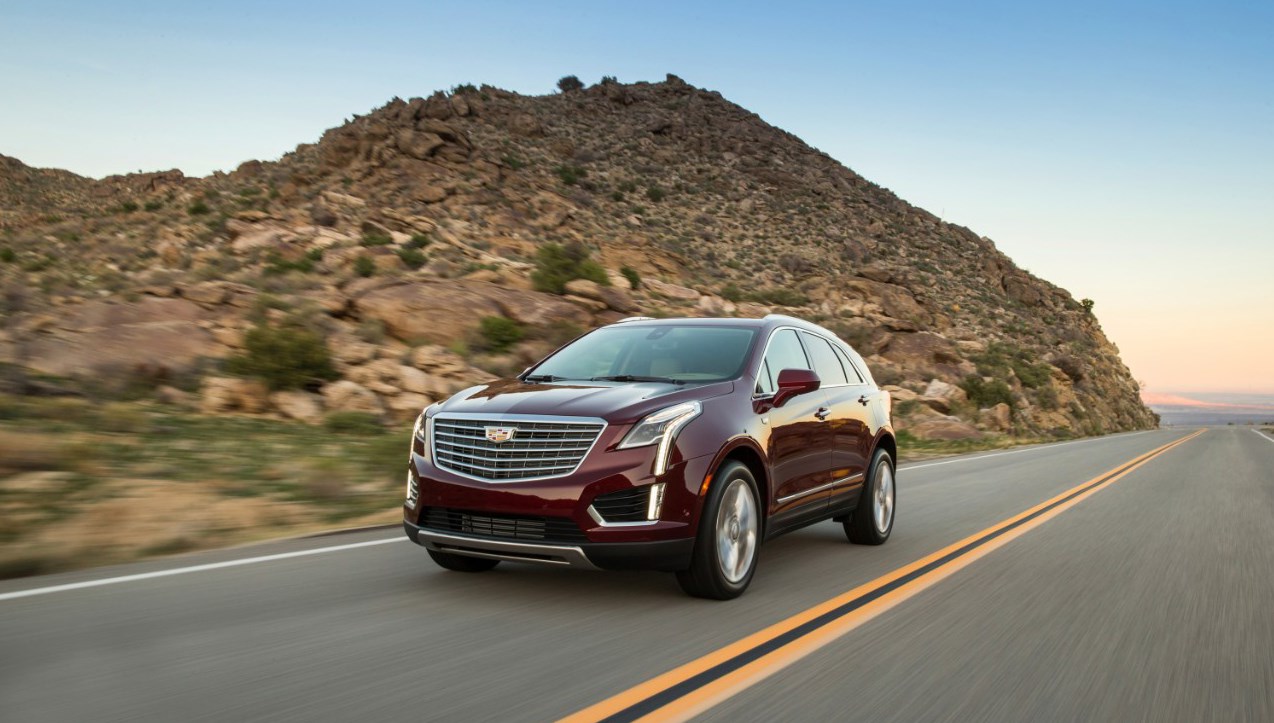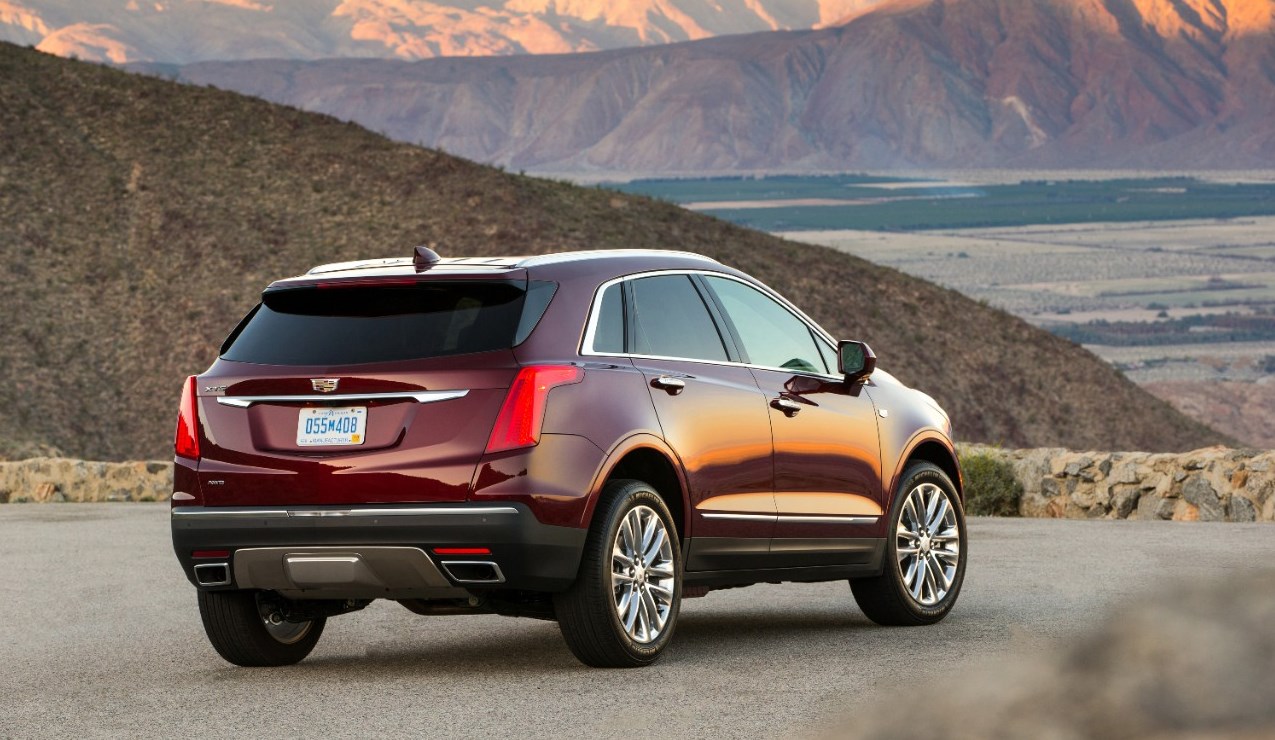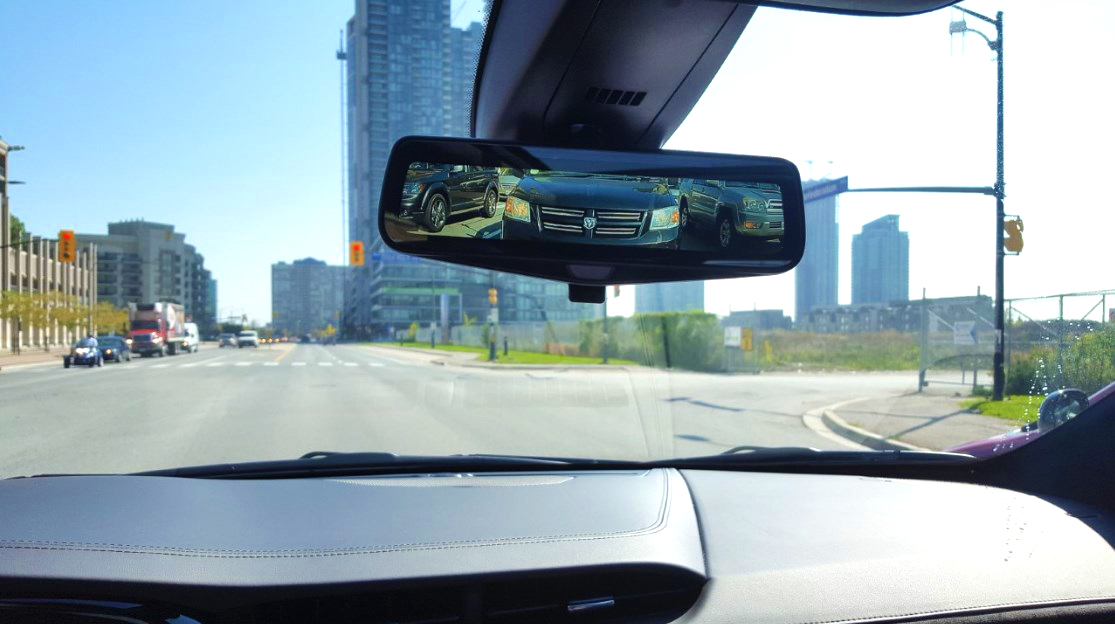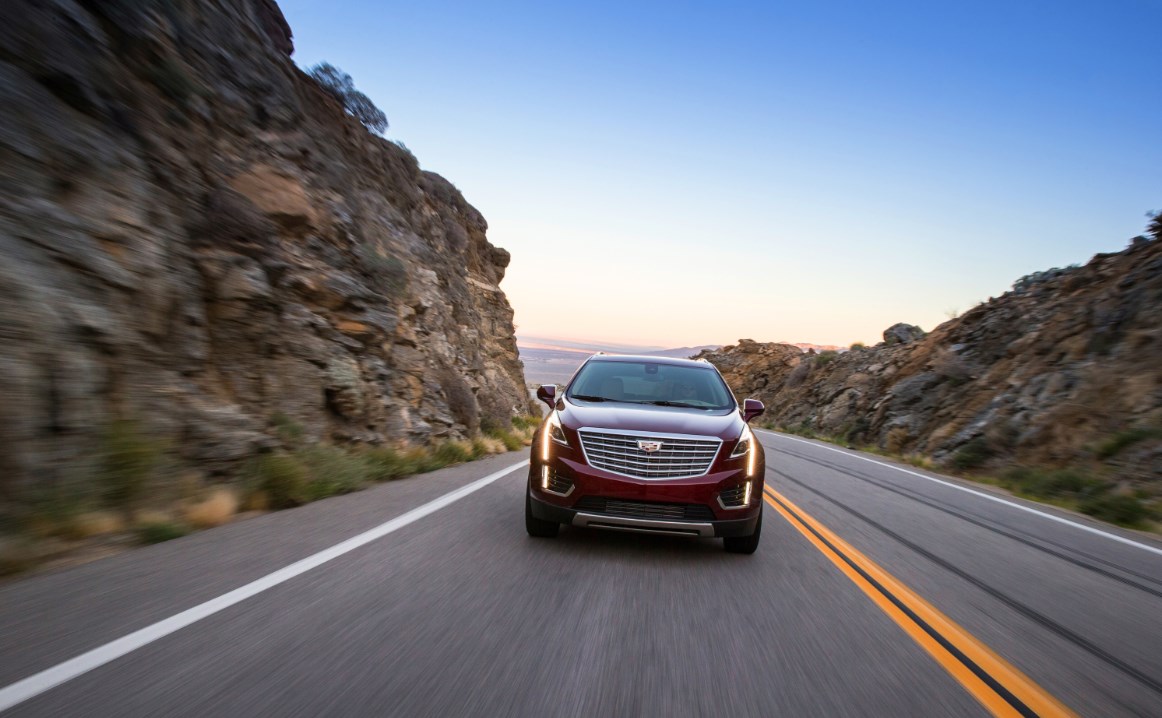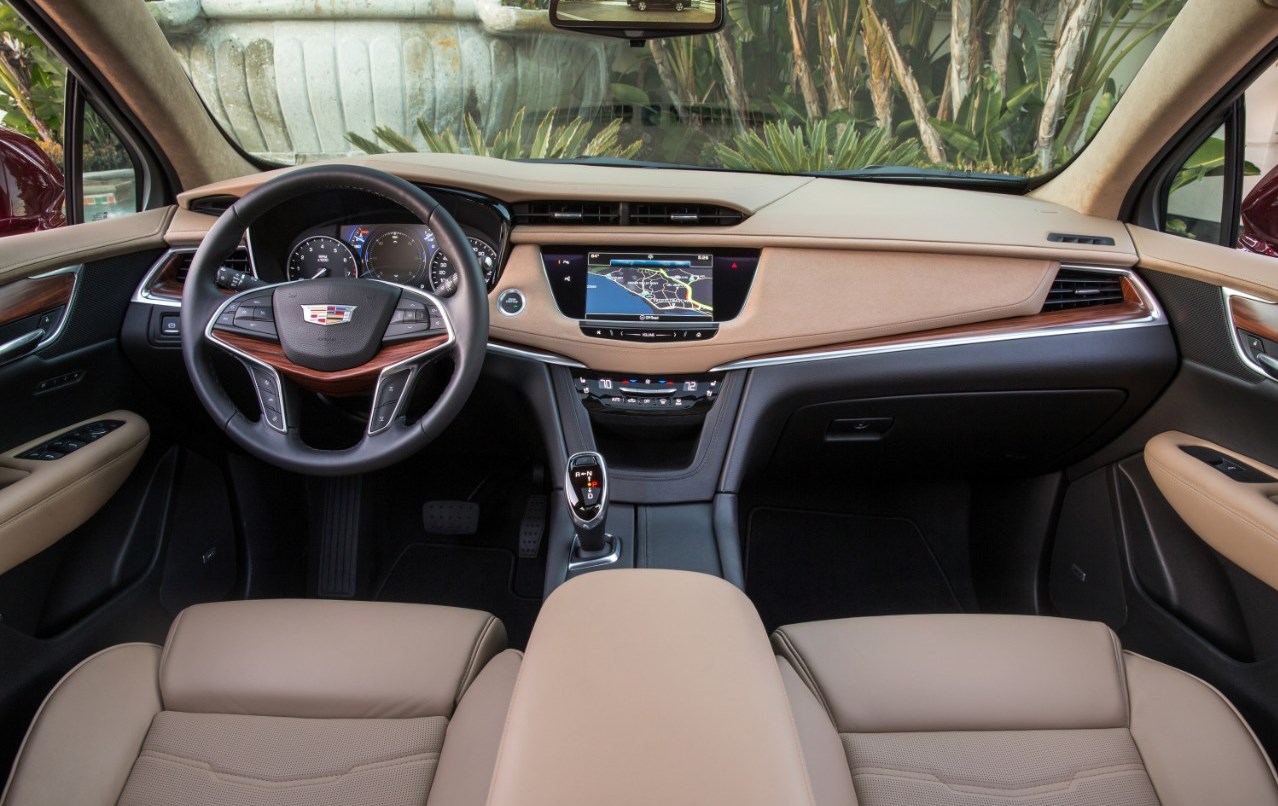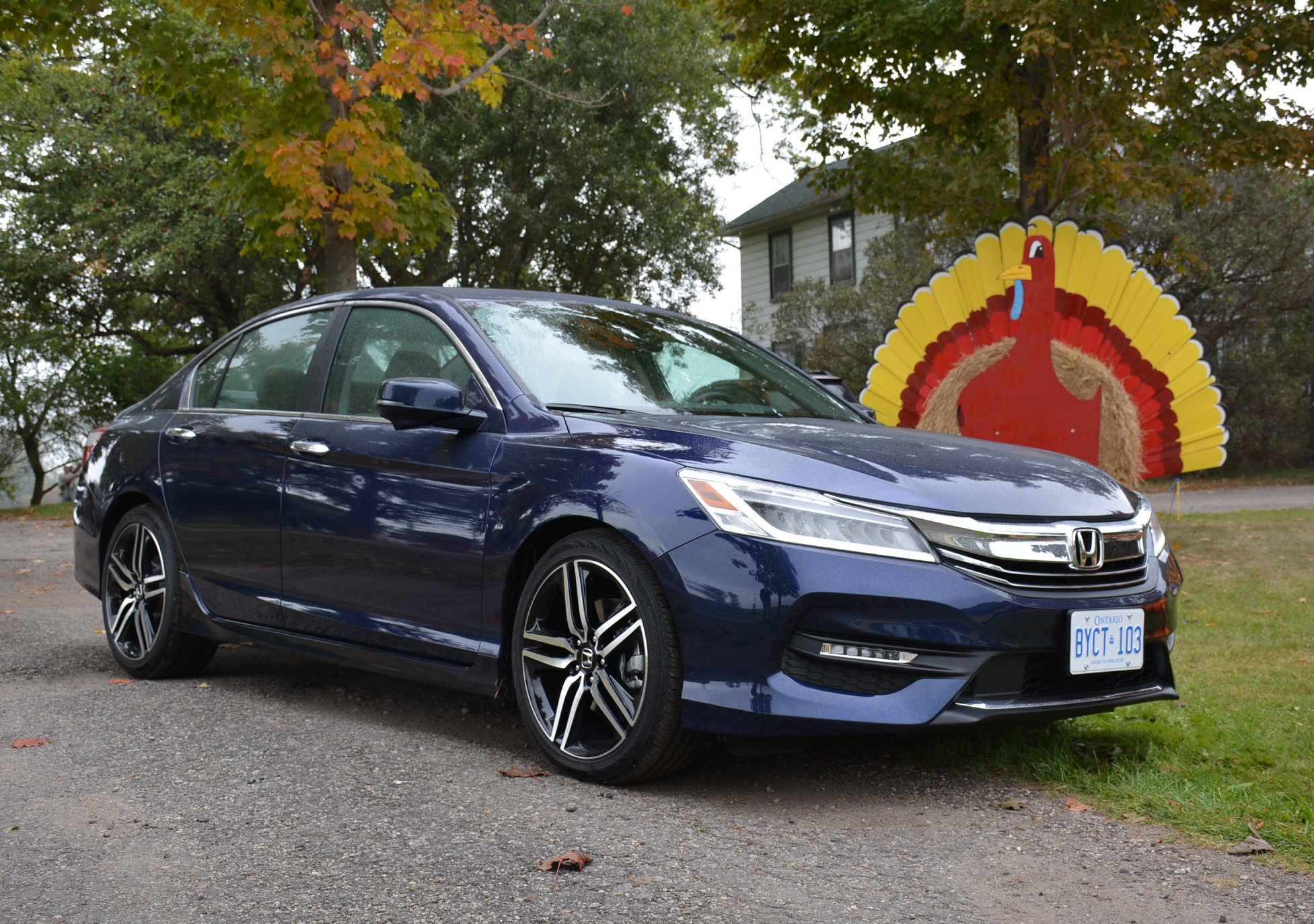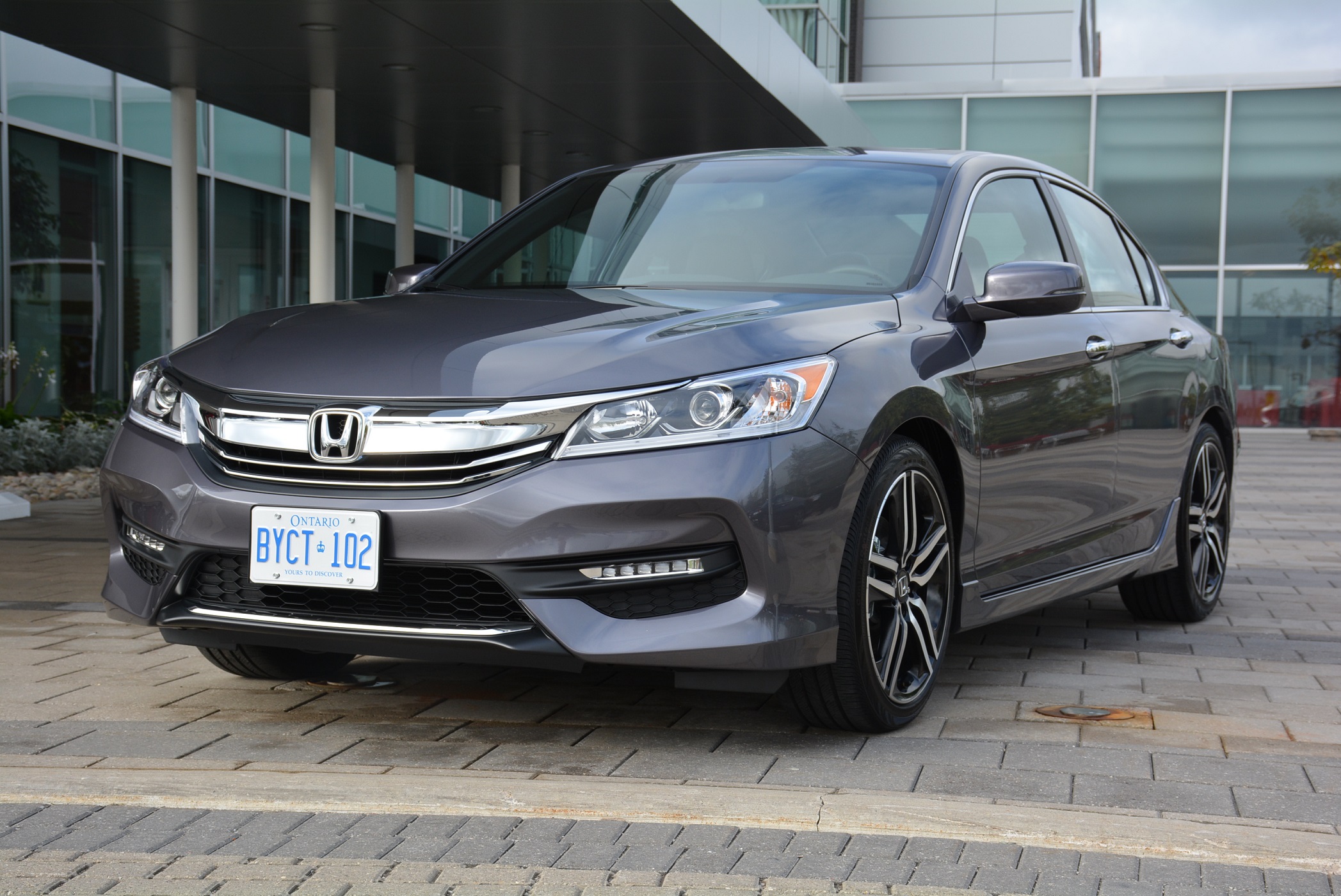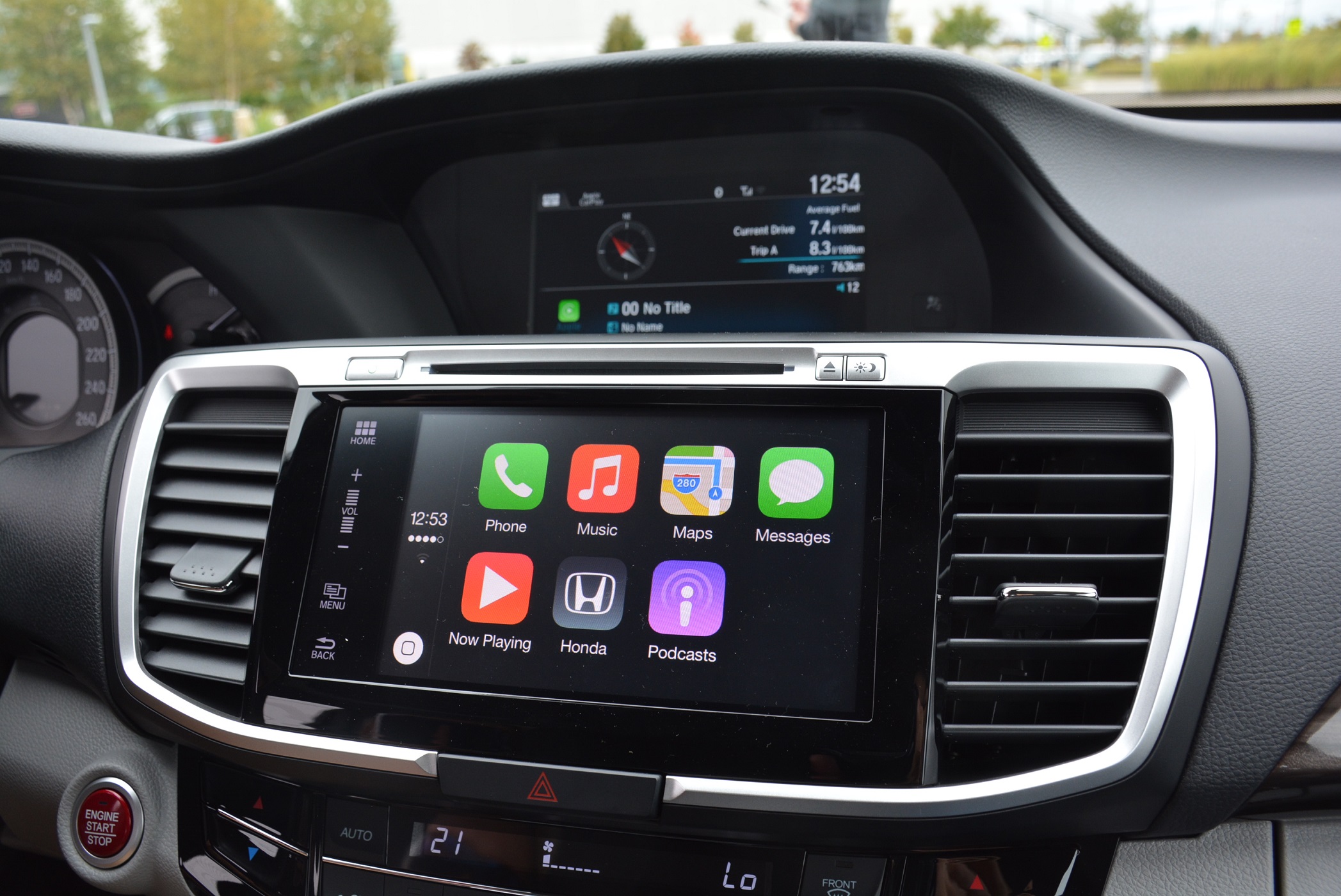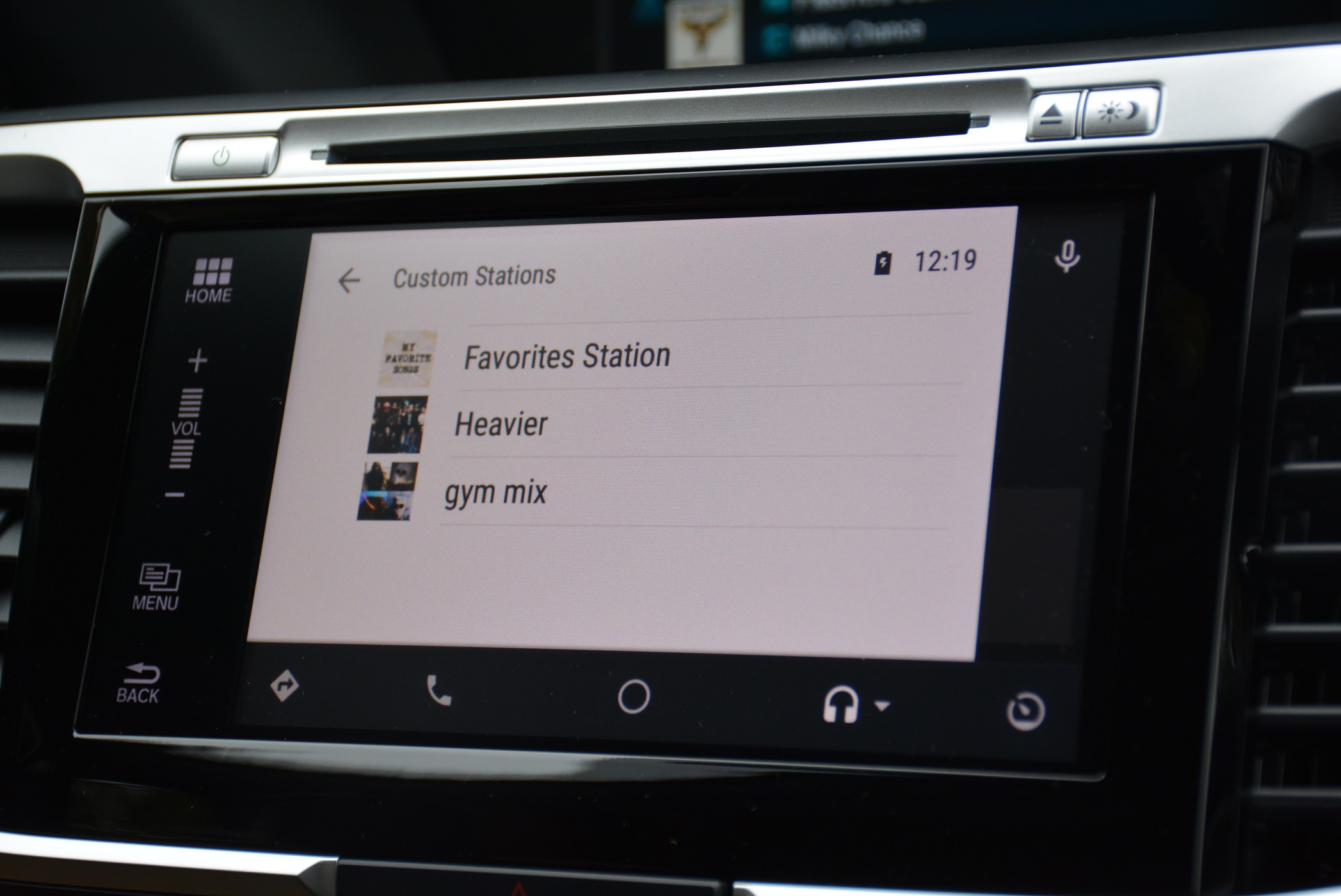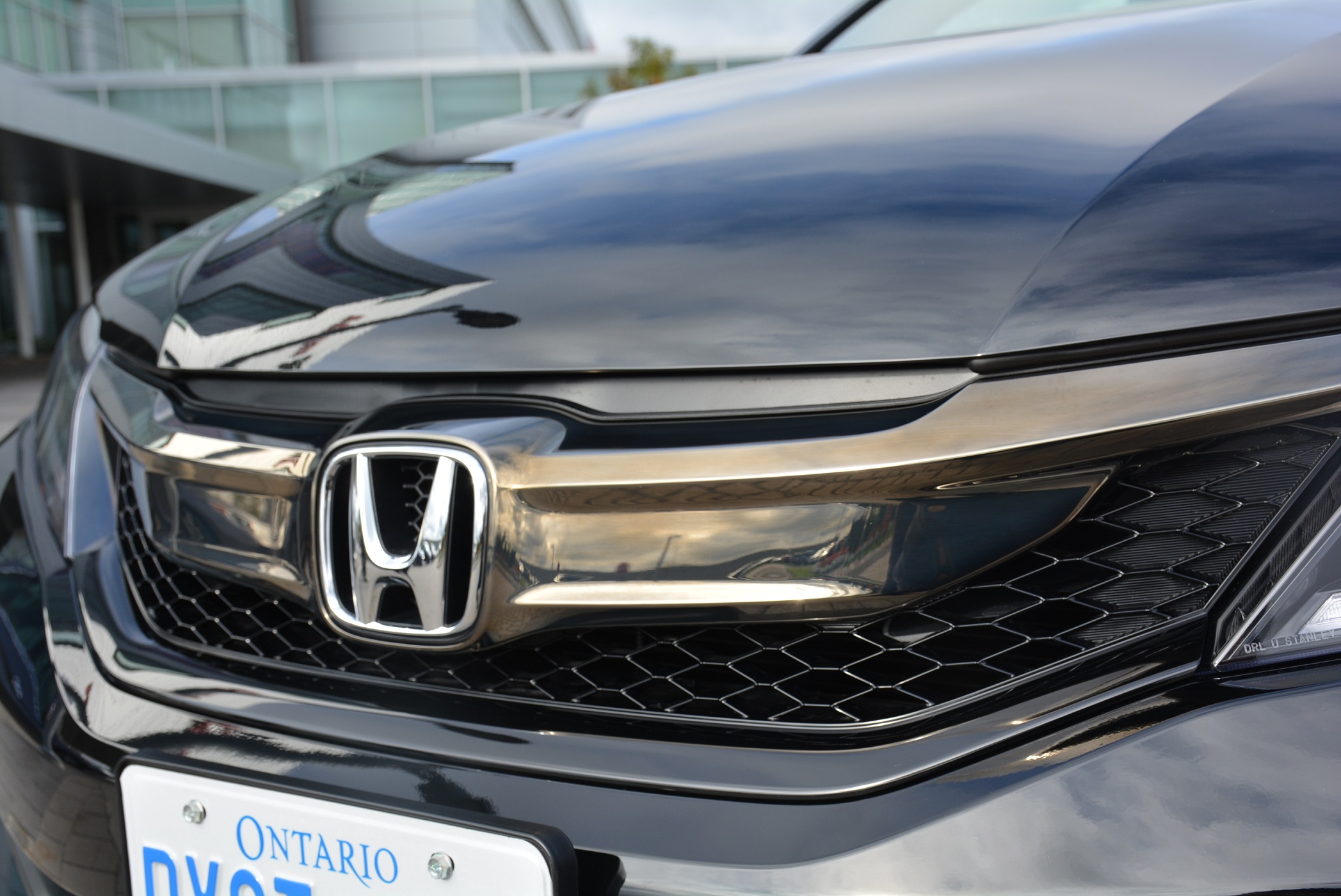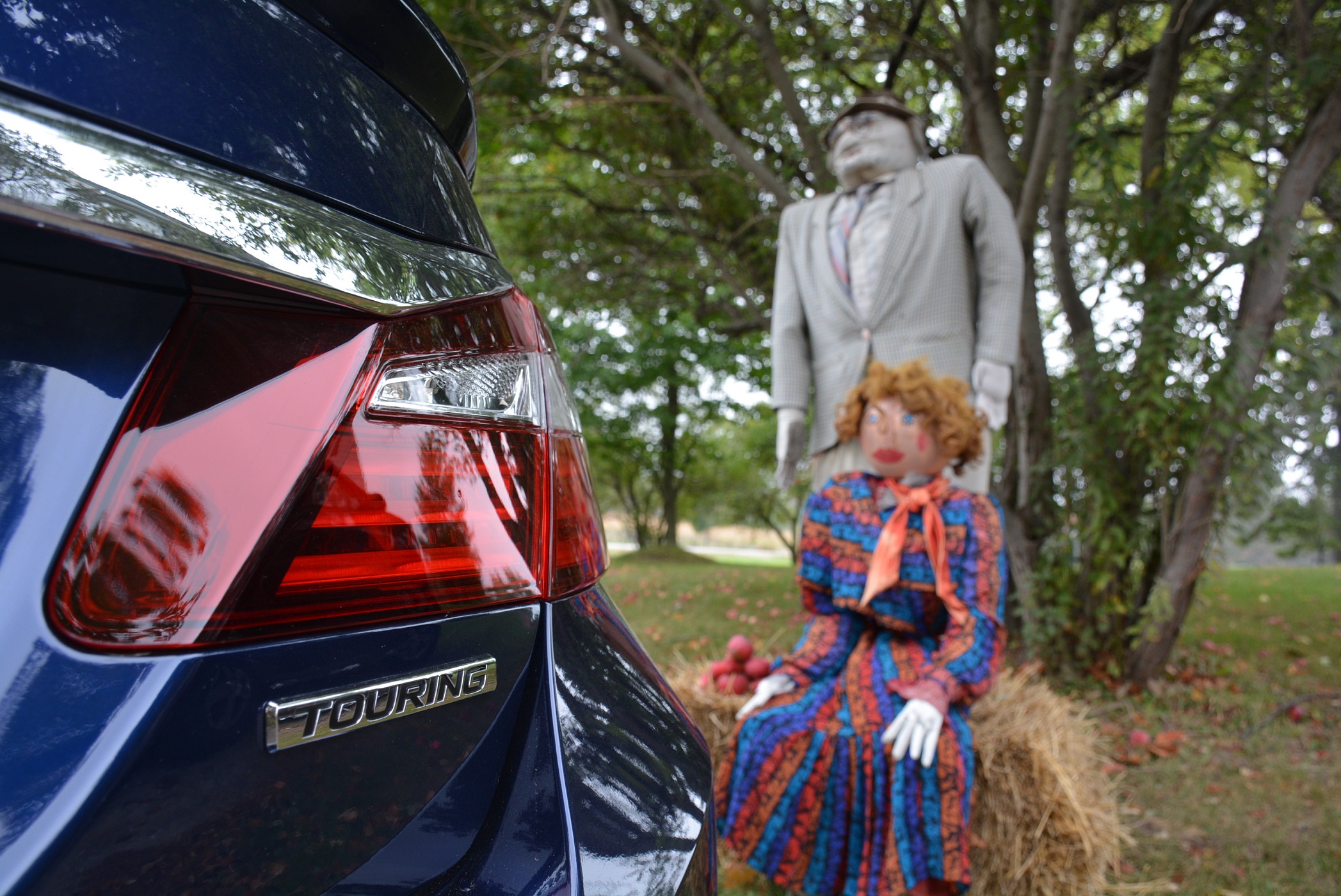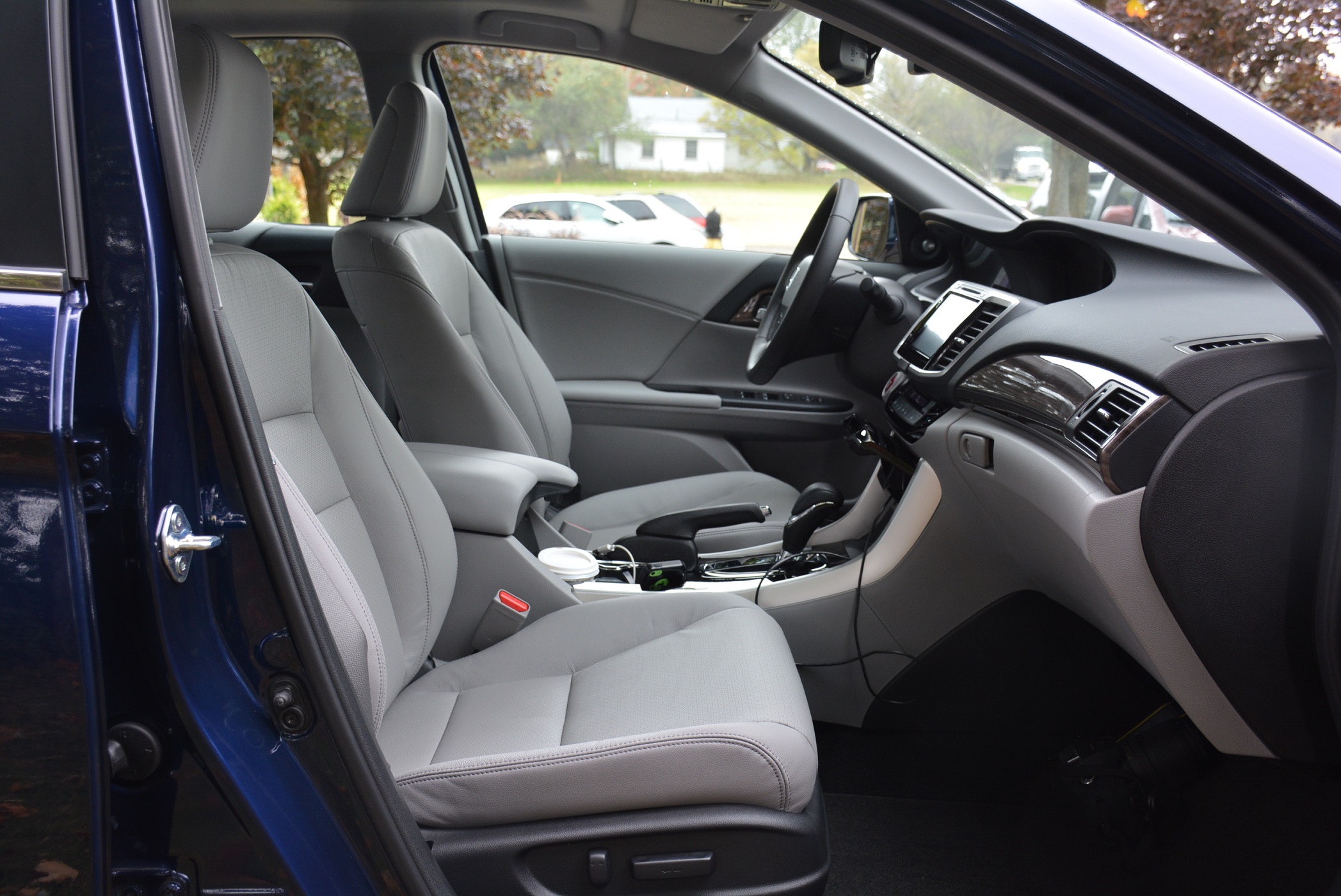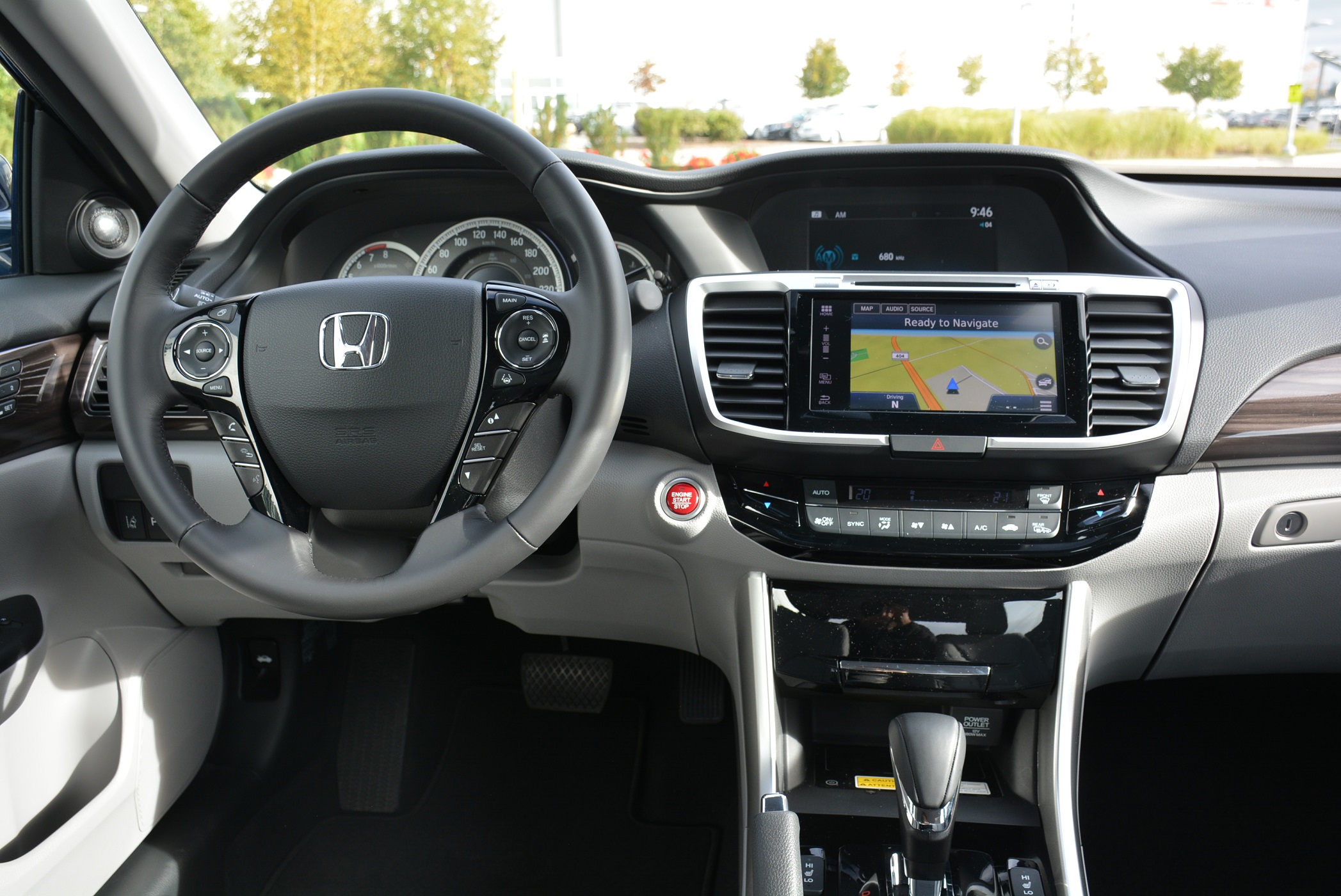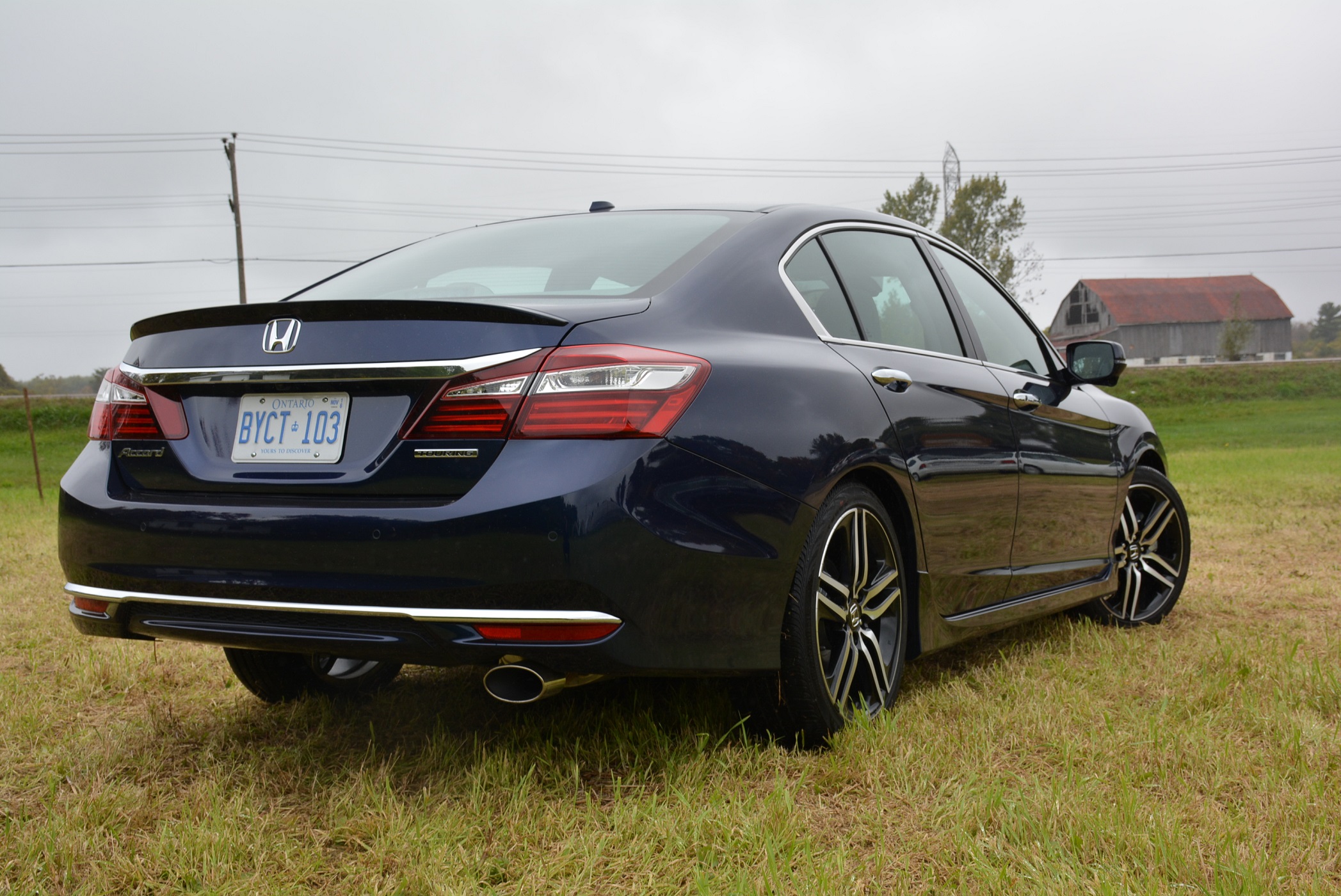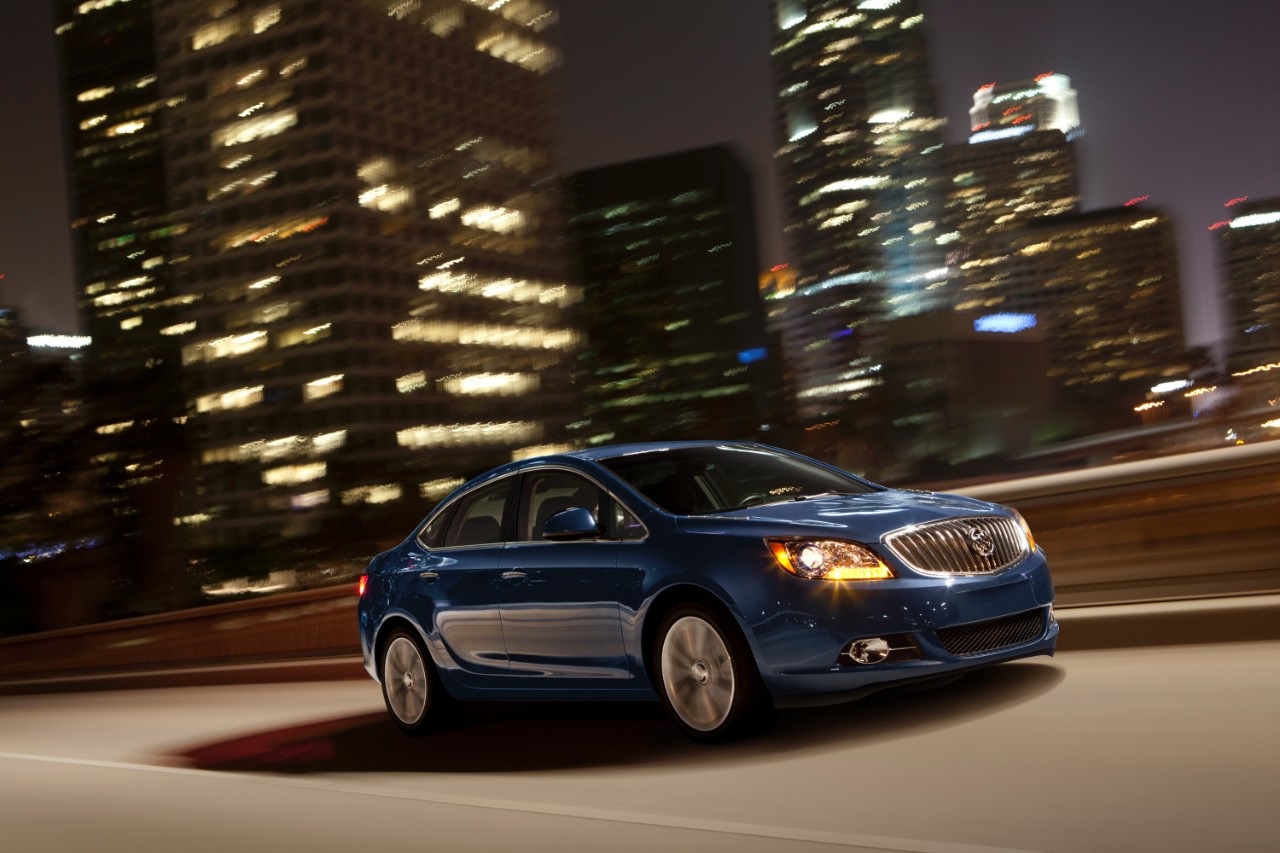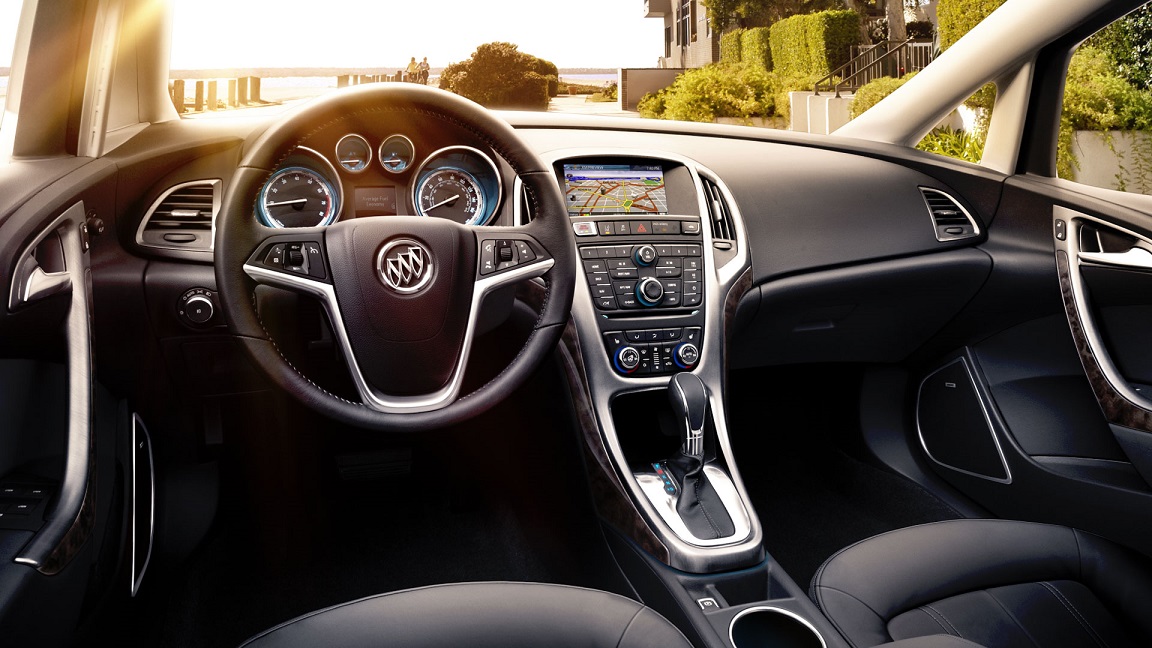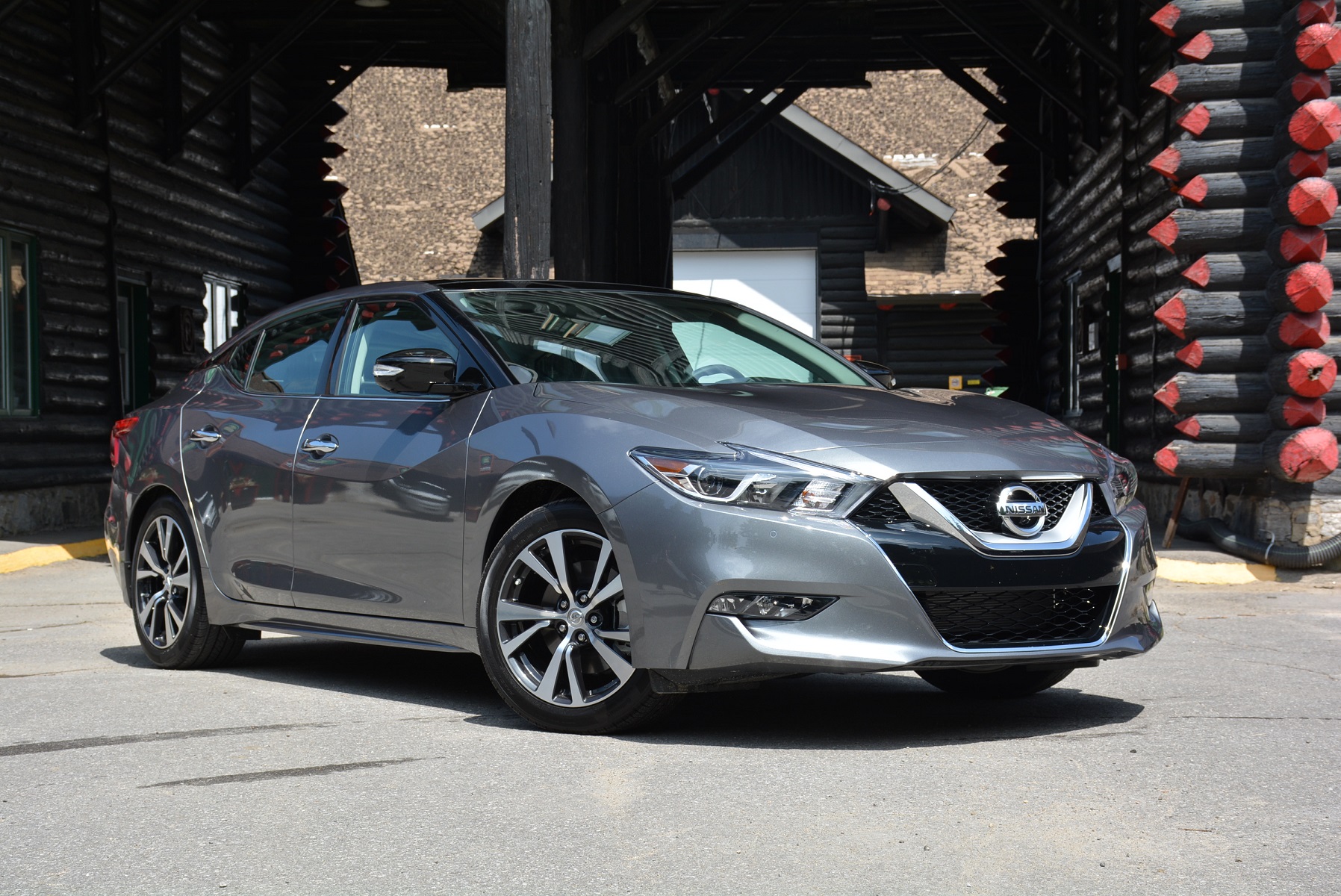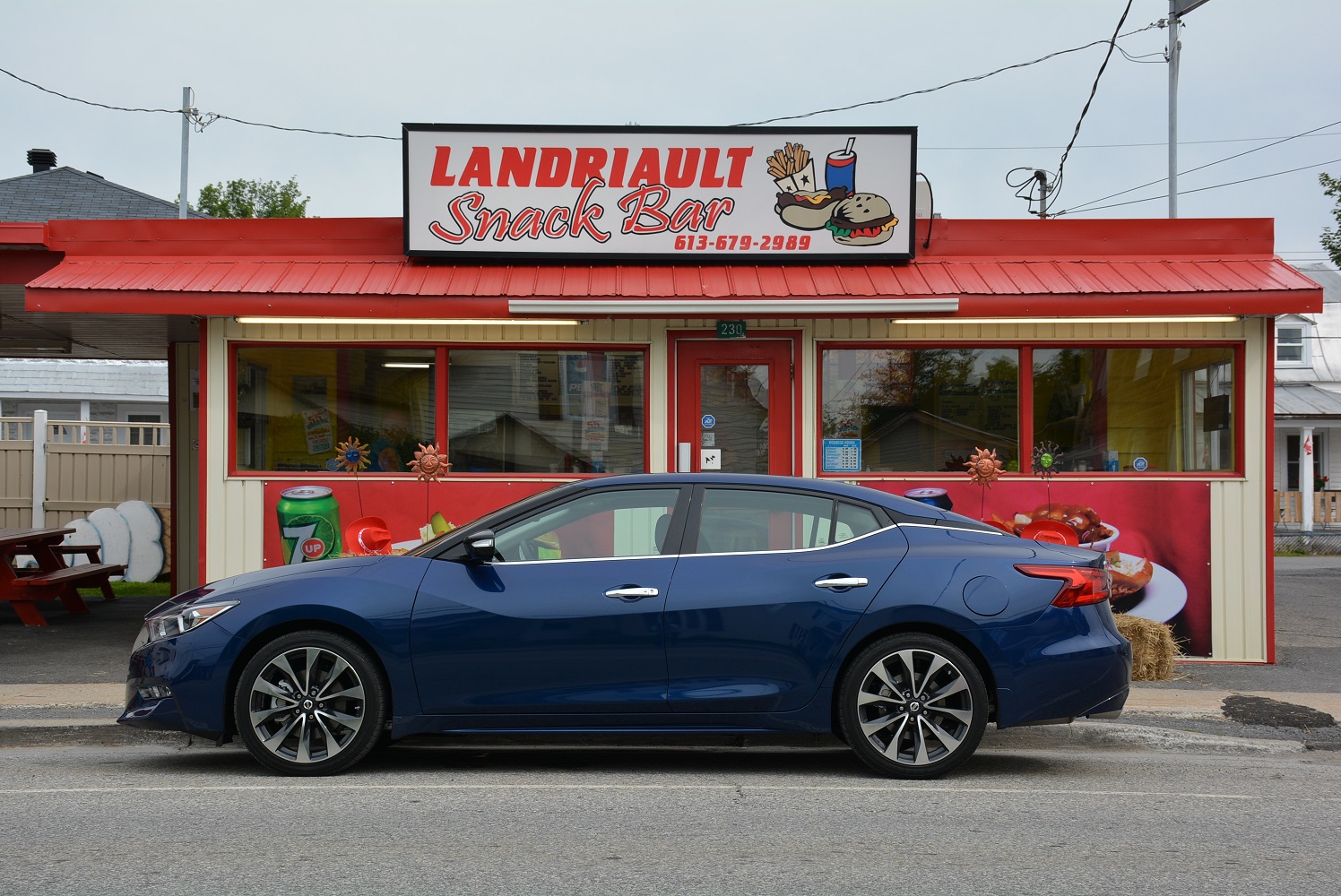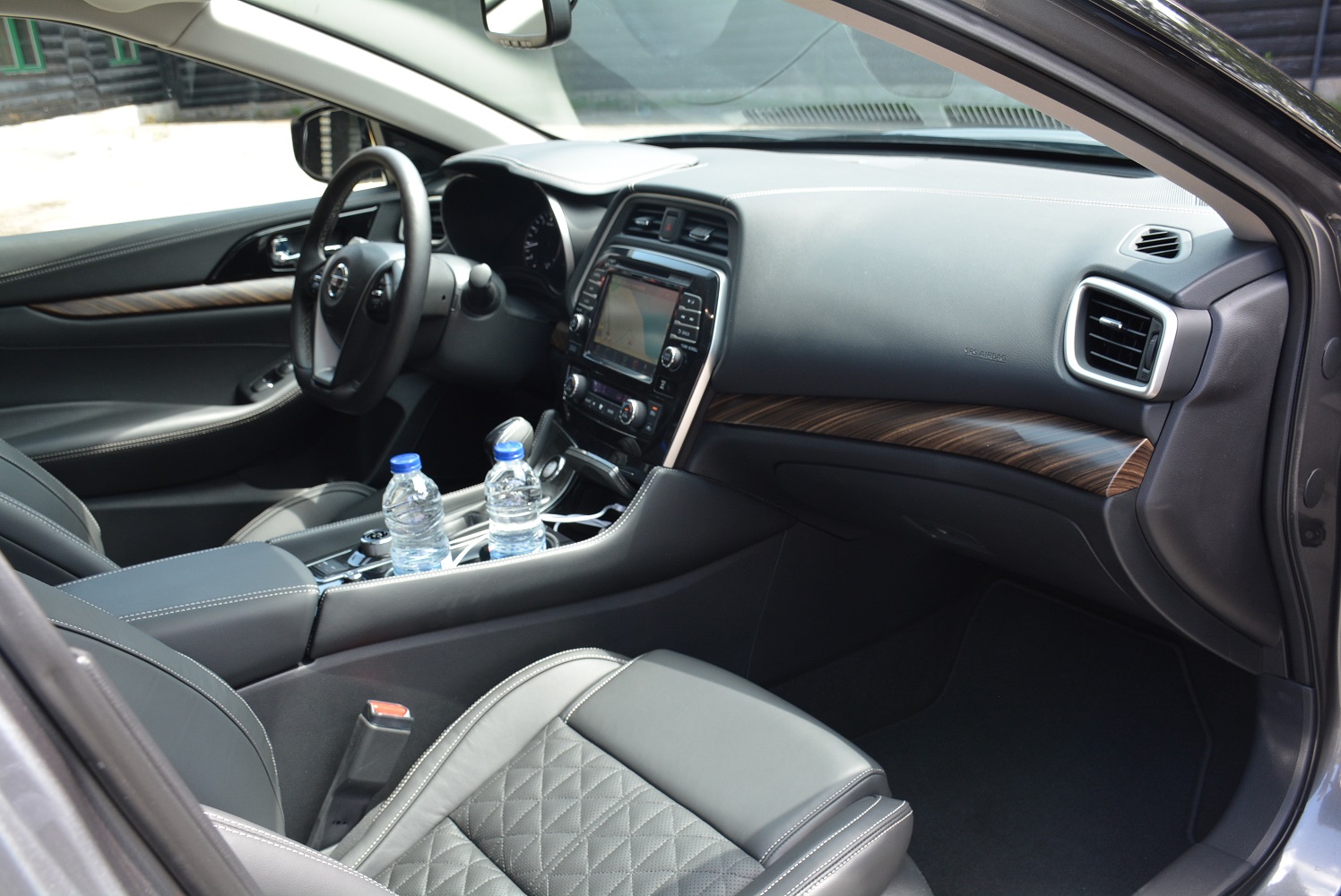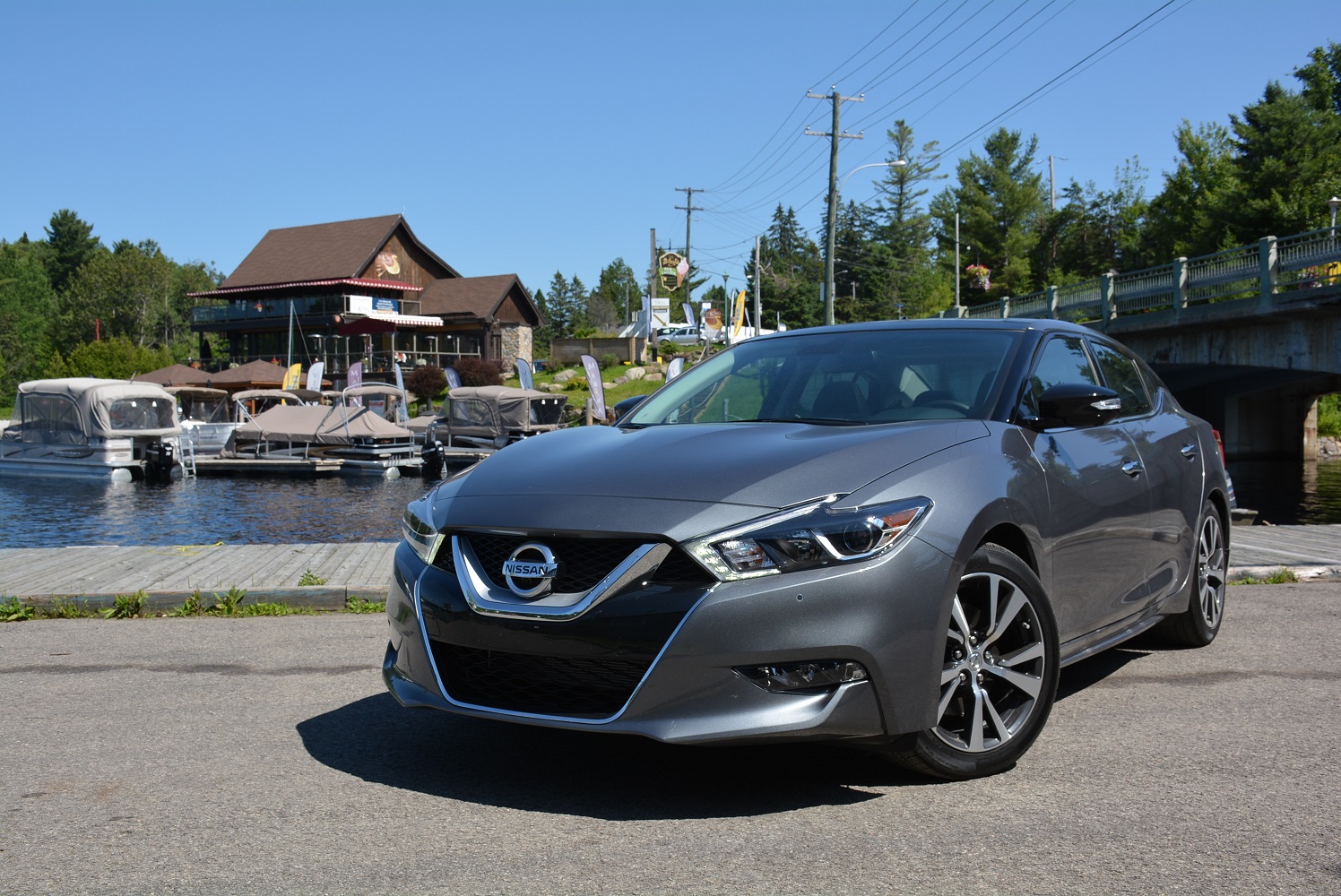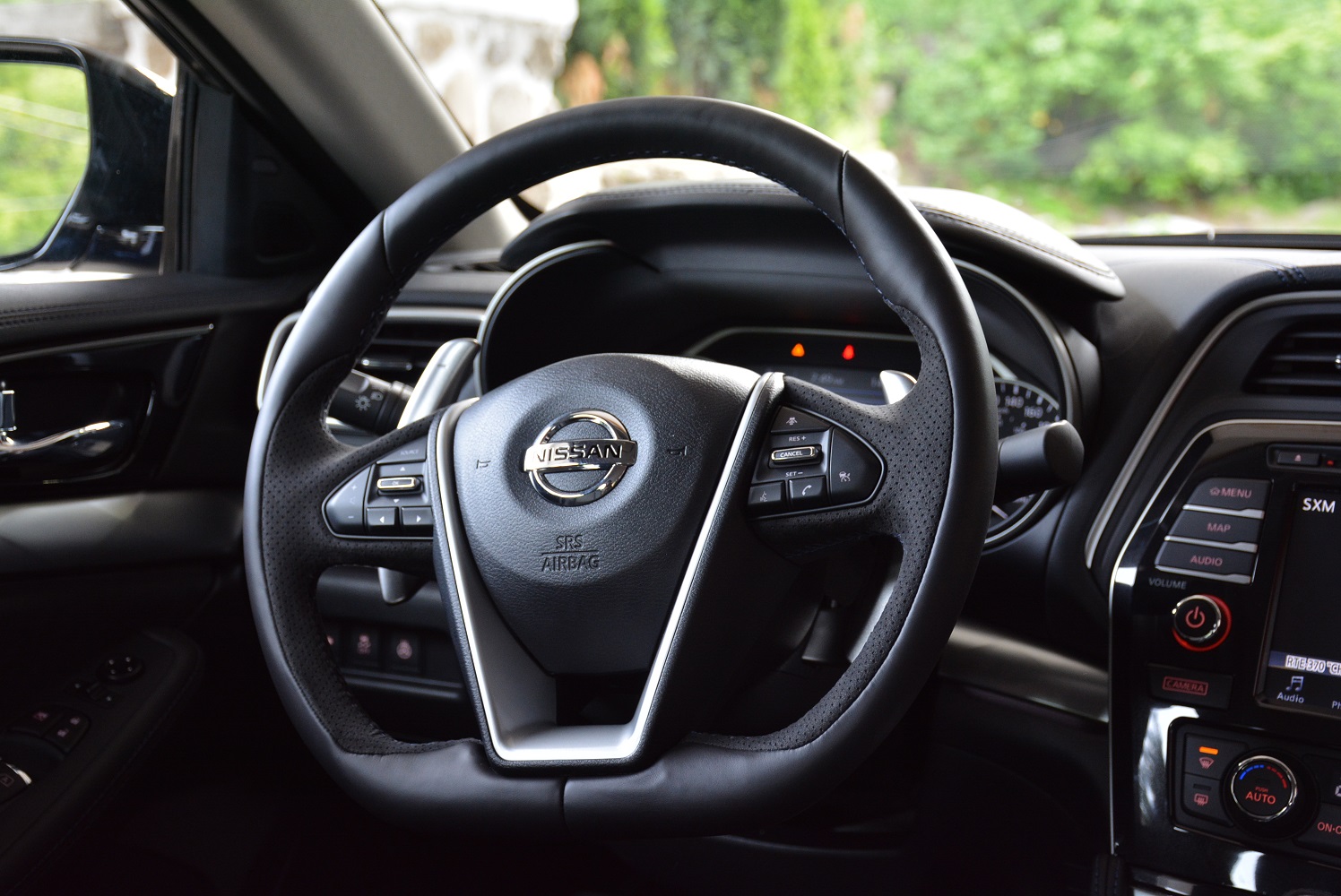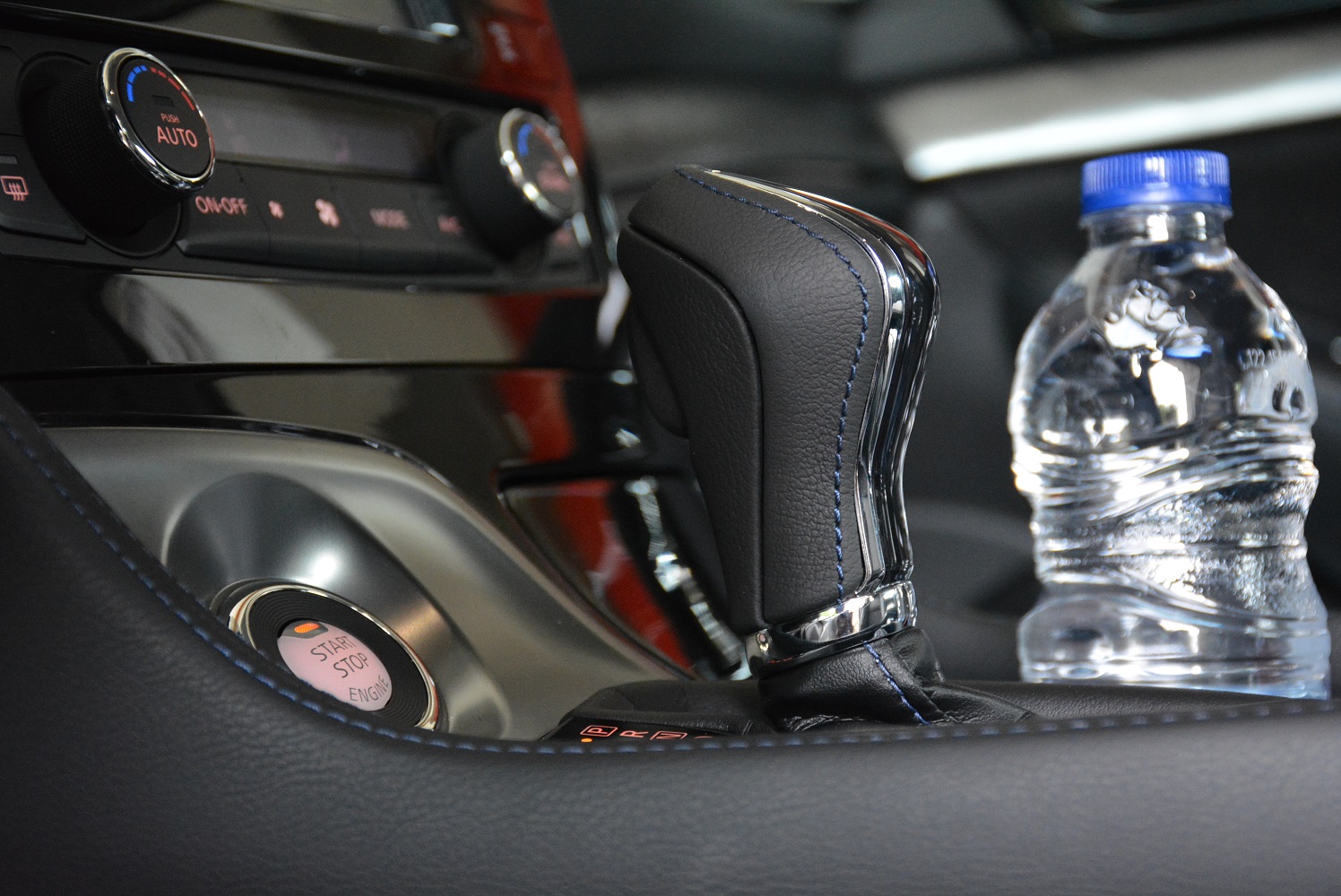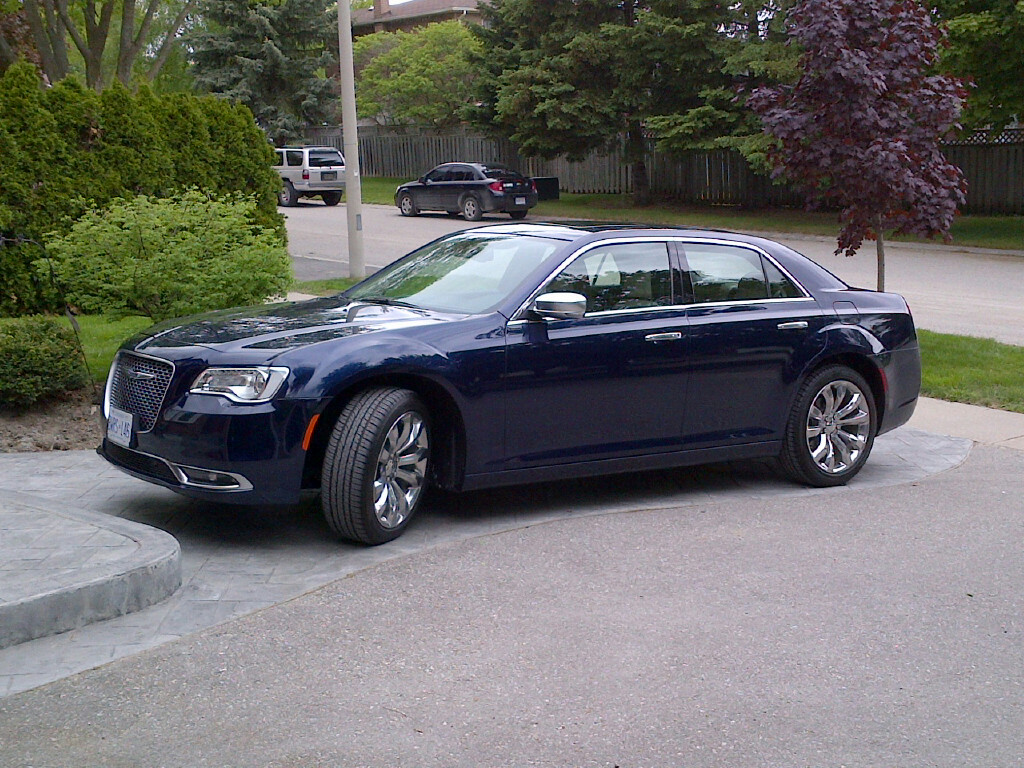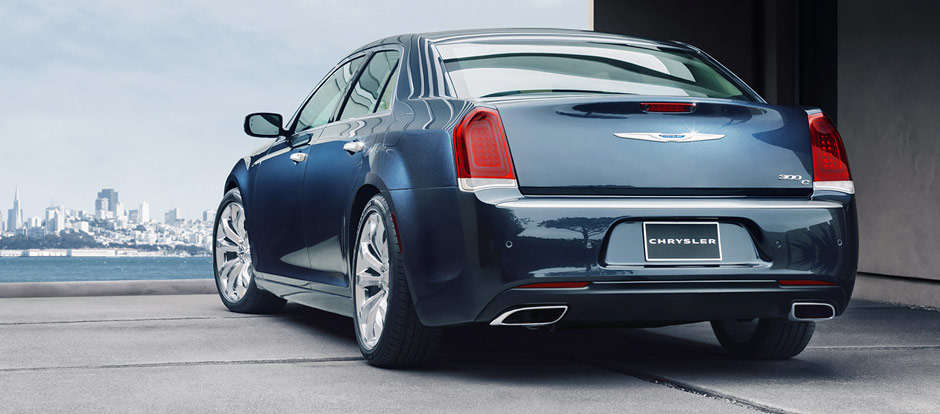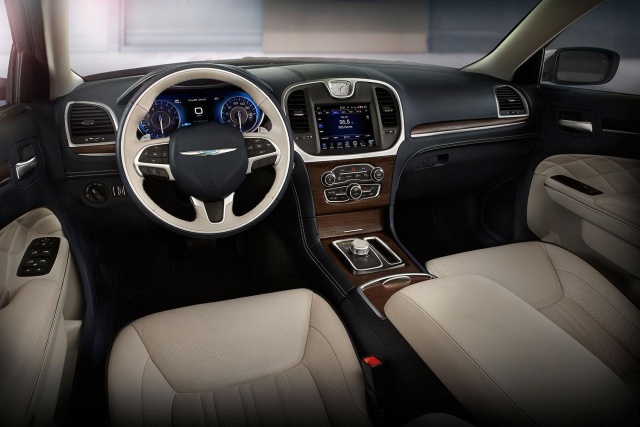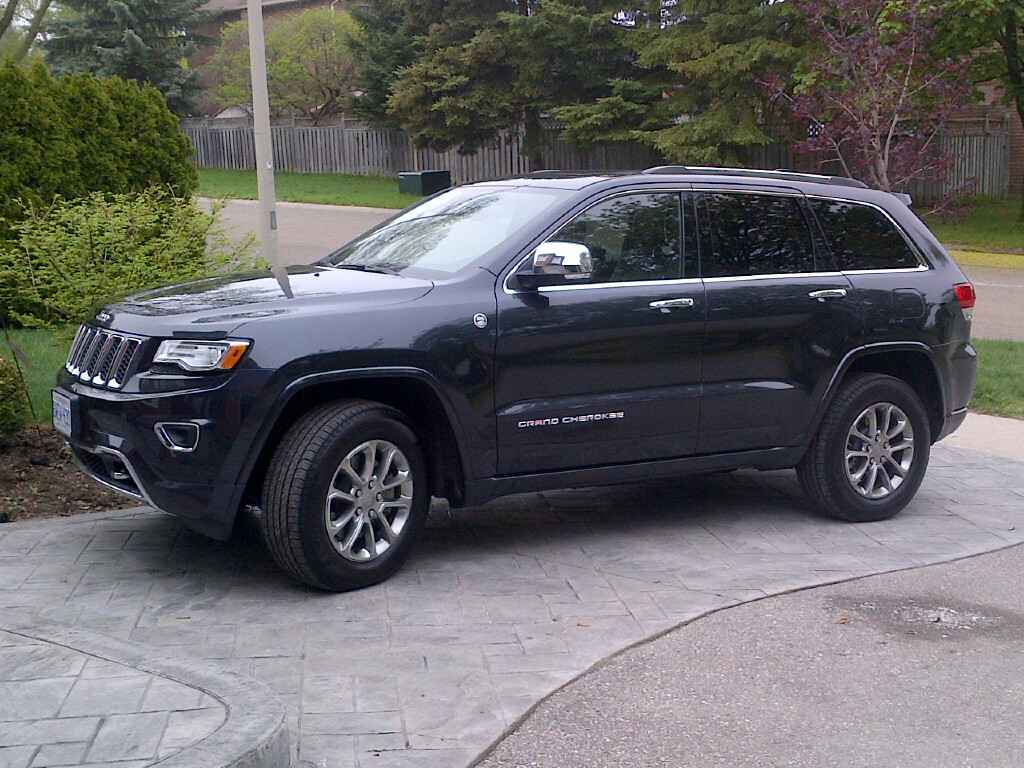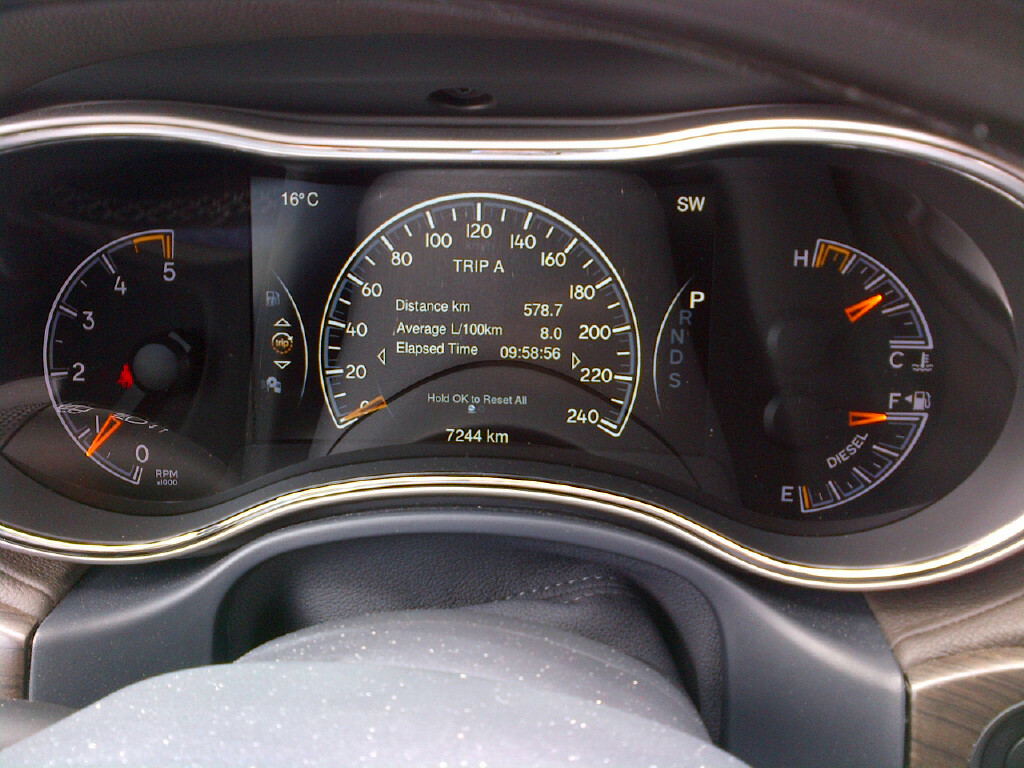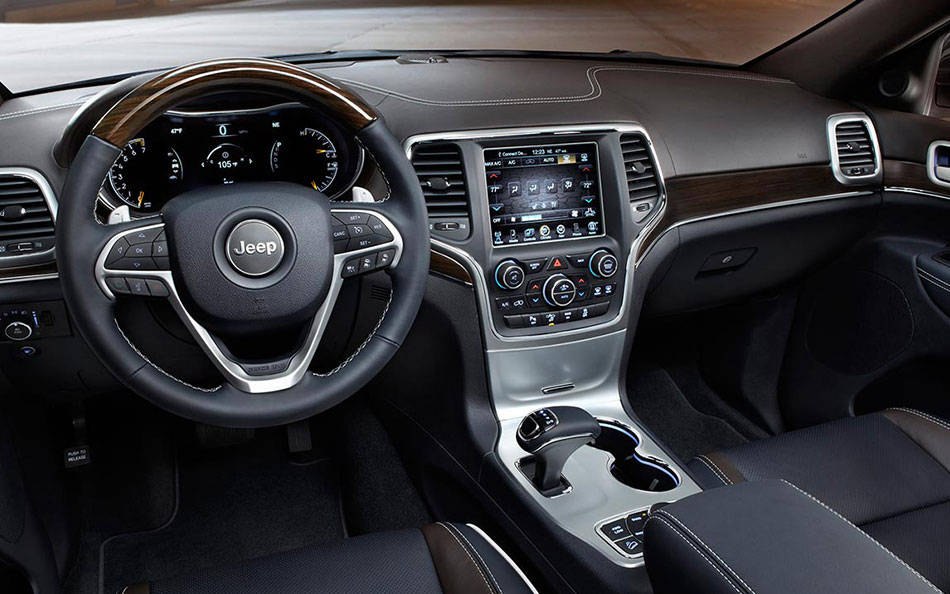2017 Lincoln MKZ review
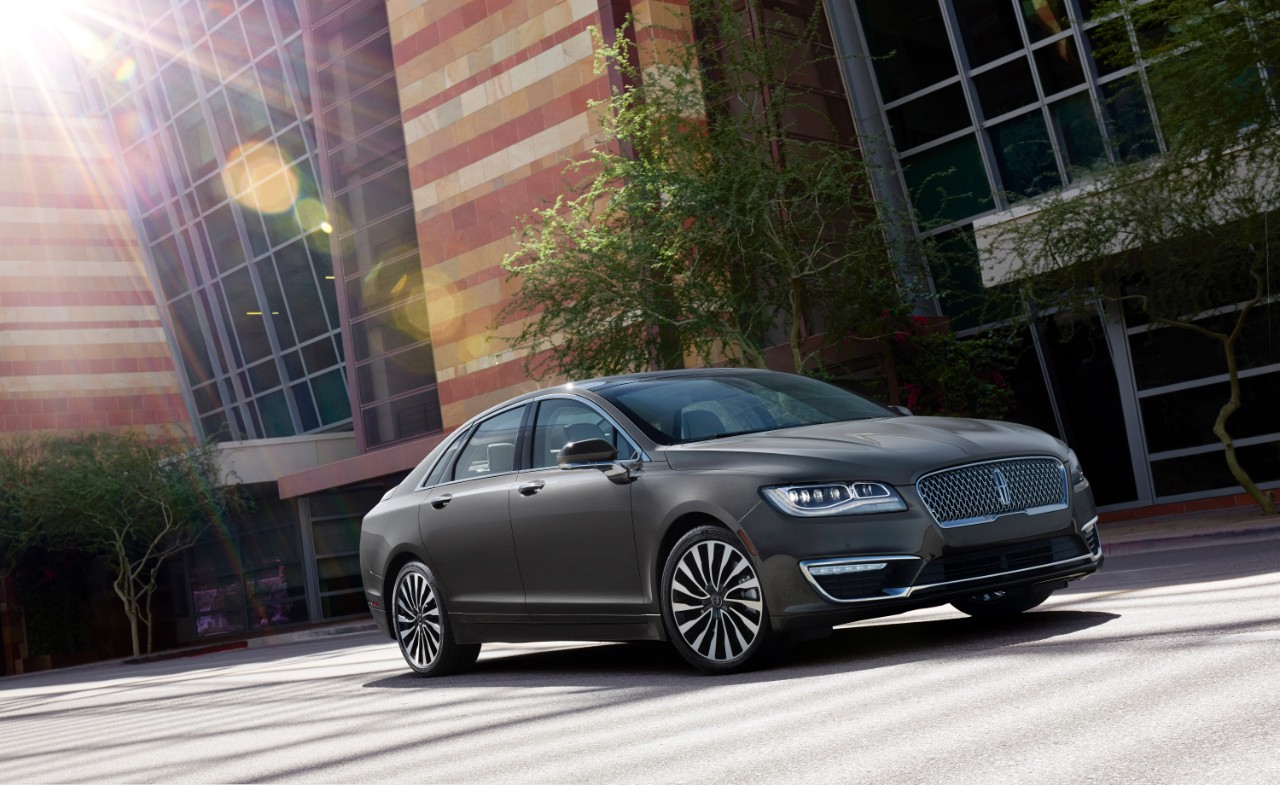
Lincoln has spent the past few years introducing their crossover and SUV lineup, equipping them with the latest technology and cutting-edge designs. While we have seen these in the new MKC and MKX crossovers, it’s now time for the luxury automaker to rejuvenate the sedan category as well.
With only two sedans being offered, Lincoln doesn’t provide a full offering like BMW, Mercedes and Lexus. Instead, the brand plays in a different luxury space along with Infiniti, Acura and Cadillac.
Its fleet-preferred Continental was discontinued in 2012 and brought back this year, while the alternative MKS has been deemed one of the slowest sellers in the full-size segment. Hence, Lincoln has been heavily reliant on the success of its entry-level offering, the Lincoln MKZ.
The Lincoln MKZ is currently the sole breadwinner for the brand in the sedan segment. Redesigned in 2013, its state-of-the-art technology and futuristic design was lauded by buyers. Arguably, it was the first Lincoln to reposition the entire brand toward a younger market.
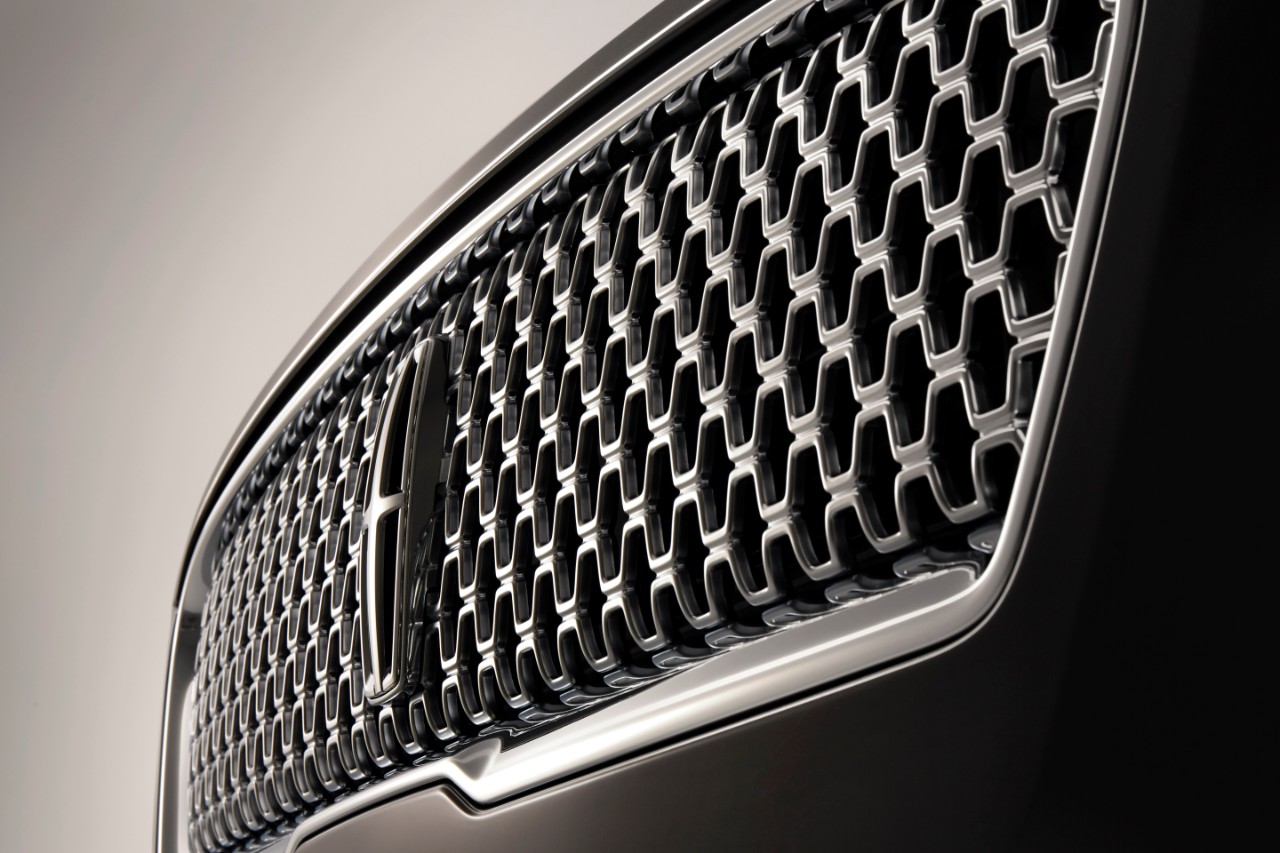
For 2017, the MKZ has been redesigned with the most striking changes at the front of the car. The sweeping headlights on the outgoing model have been replaced by multi-element LED headlights. There's nothing conventional about them with five individual HID lighting elements that offer great wide-angle visibility on the road, while the bright LED lighting strip accentuates the sheer width of the headlights. The dual grille has been replaced by a chrome-infused Jaguar-like design that echoes the shape of the Lincoln logo.
When inside, one realizes how modern the interior has gotten. The annoying touch-sensitive buttons on the outgoing model that required you at times to take your eyes off the road, have been replaced by physical dials and knobs to control temperature and audio.
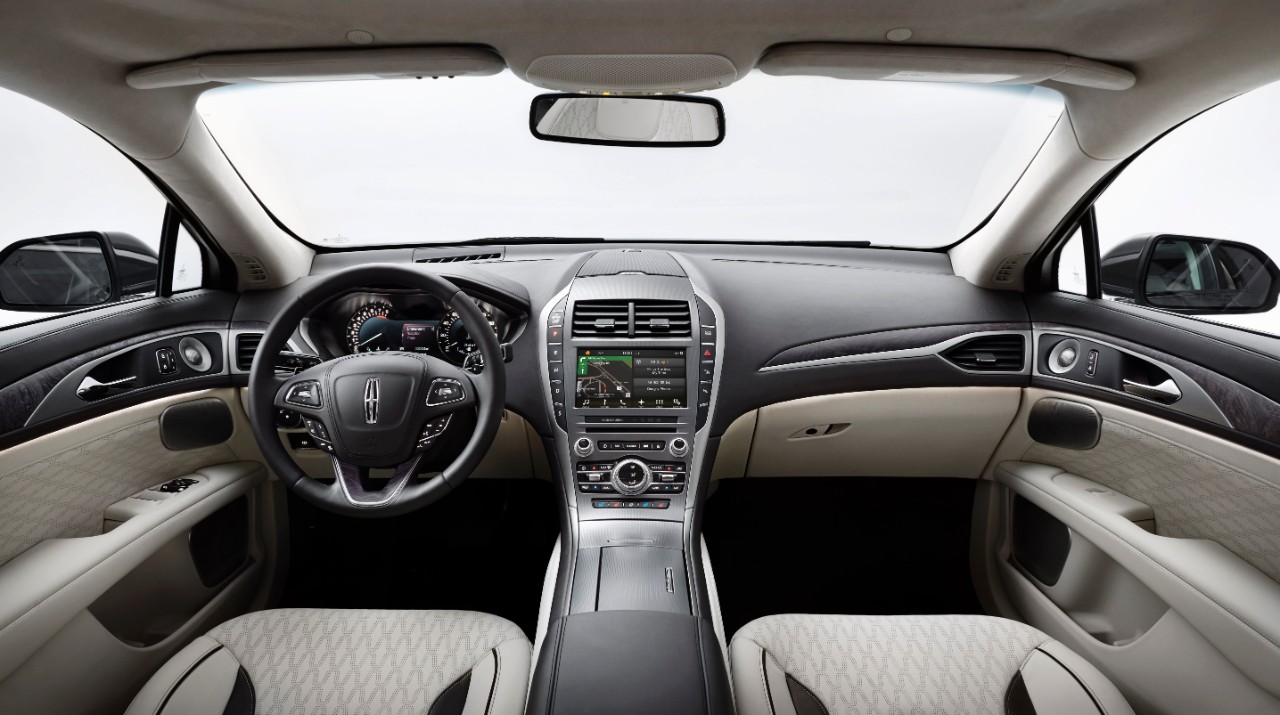
Another welcome change, the old MyLincoln Touch system has been replaced with Sync3 through an eight-inch touchscreen. How is this better? The outgoing Microsoft-based touchscreen was terrible for its performance issues and screen freezing. The completely redesigned Sync3 is based on Blackberry’s QNX system over a Linux platform. Aside from the logo and background, it doesn't differ from the Sync3 system found on Ford vehicles.
The MKZ offers up three performance variants. The base model is offered as a 2.0-litre four-cylinder turbo outputting a healthy 245 hp (@5,500rpm) and 275 lb.-ft. of torque (@3,000rpm). Step up to the twin-turbo 3.0-litre V-6, and you're in hot-rod territory with a mind blowing 400 hp (@5,500rpm) and 400 lb.-ft. of torque (@2,750rpm) at your disposal. For fuel economy buffs, the MKZ is also offered with a 2.0-litre hybrid engine that puts out 188 hp and a paltry 129 lb.-ft. of torque. The best part about it is you can get the hybrid for the same price as the base model.
It also has some very cool options, some of which have been transported over from Ford. Unfortunately, to get most of these options you would need to upgrade to the Reserve trim and fork over some extra money. For instance, $2,450 can get you the Technology Package with Park Assist which can essentially park the car via a parallel or perpendicular position. Or you can pay an exorbitant $3,450 to turn your car into a four-door convertible. The panoramic roof option replaces the entire roof with one enormous pane of glass that shifts itself over the rear windshield with the push of a button.
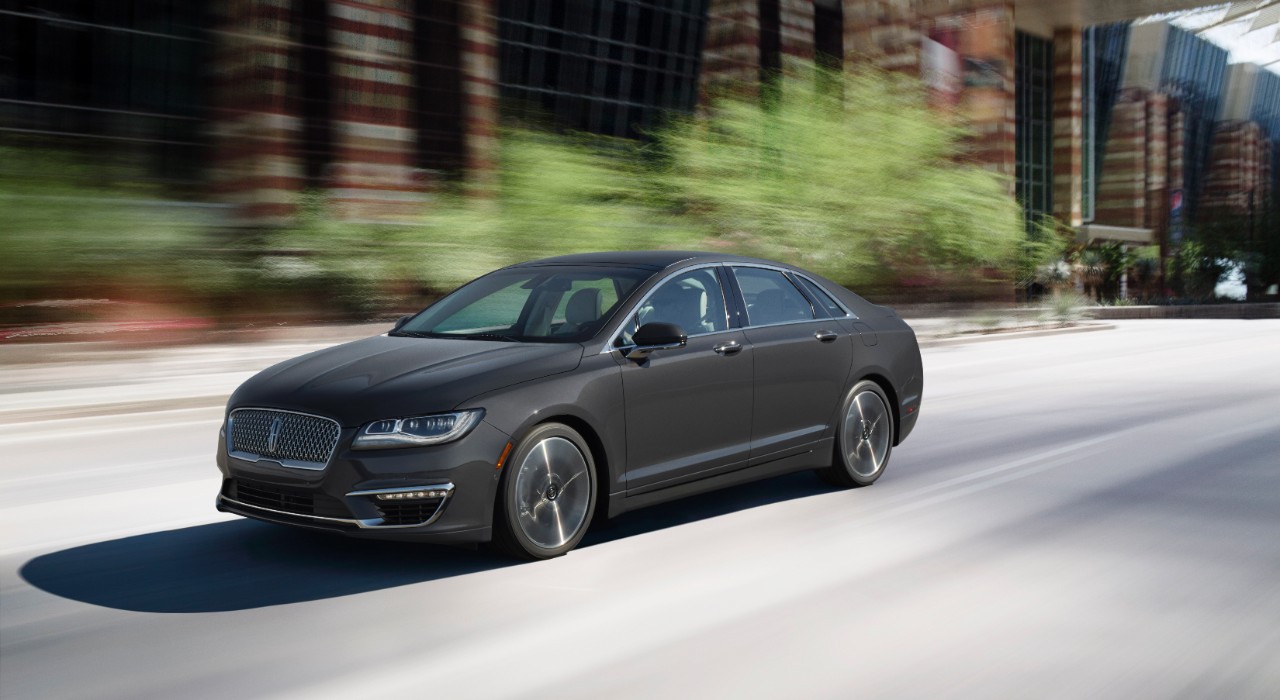
Although its tame performance and profile isn't going to turn the heads of Mercedes C-Class, BMW 3-Series or Lexus IS owners; the MKZ’s larger size is attractive to younger family-oriented buyers looking for more space. With 436 litres of cargo space, there's a lot of space in the back, however a narrow profile could cause a bit of stress when travelling.
The verdict: The 2017 Lincoln MKZ is an attractive entry-level luxury sedan that's perfect for individuals looking for a luxury car with mid-size space at an affordable compact price starting at $42,000. With an outstanding array of luxury, technology and prestige that’s reflected through its rarity, the MKZ is almost as exclusive as any of its German counterparts.
- Published in CAR REVIEWS

